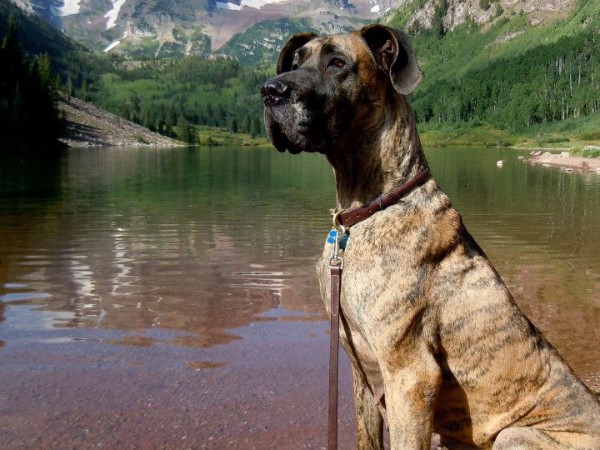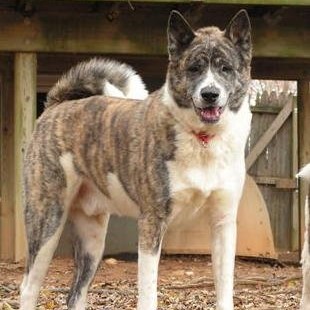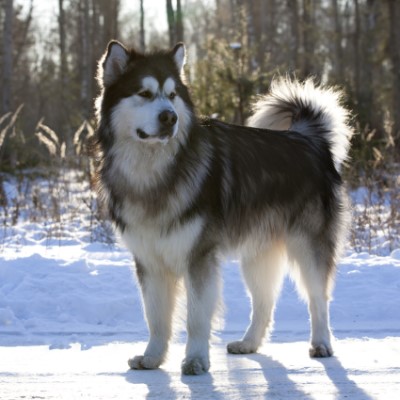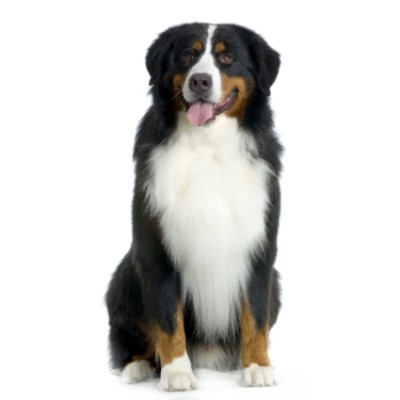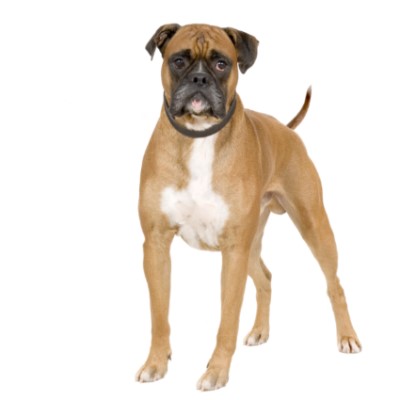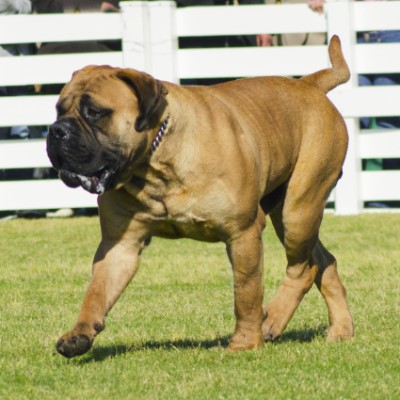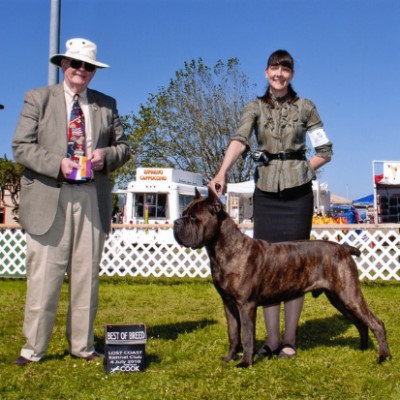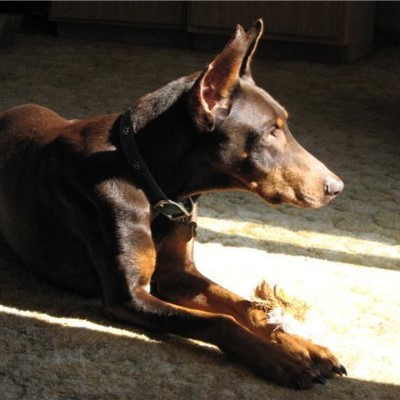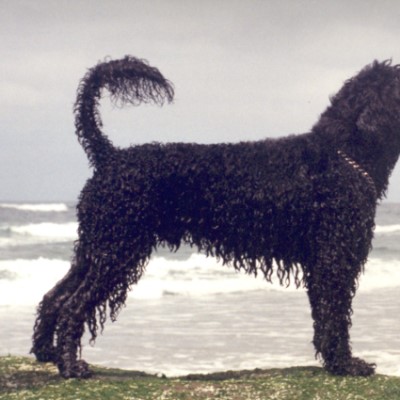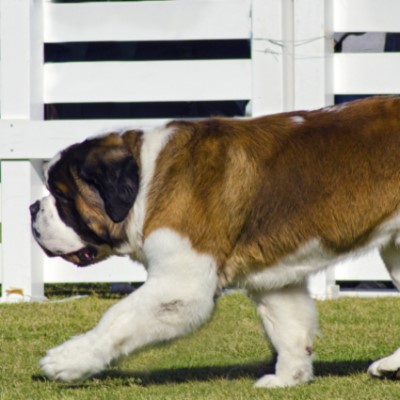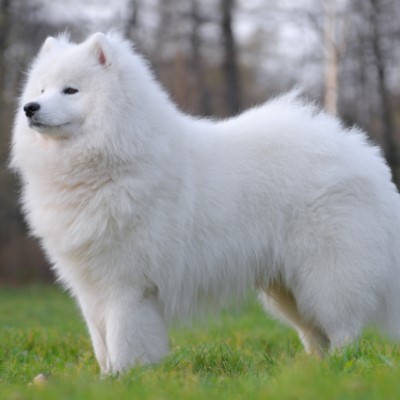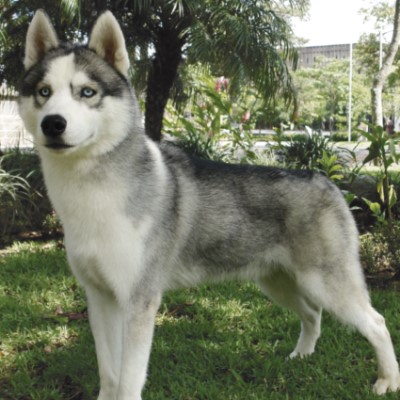Common Reasons for Surrender
The main reason the Great Dane is surrendered is lack of education. People buy a puppy and find the full grown dog is too big or costs too much money. Great Danes are also surrendered at times because they can be expensive, the owner is moving where the dog is not allowed, or because the dog developed behavioral problems due to a lack of proper training.
Pros
The Great Dane can be described as “soulful,” meaning they enjoy their human families and have even been nicknamed “the Velcro dog” because they stick so close to their owner. Although one of the most elegant and distinguished large dogs, the Great Dane sometimes shows a clumsiness that matches their goofy temperaments.
Cons
Great Danes can be an expensive pet. The high quality dog food can easily run more than $1.25 per pound and, as veterinary charges are generally weight-based, Great Danes are also significantly more expensive to provide veterinary care for than most other breeds. The Great Dane drools and may shake her head and decorate your walls and furniture. Bear in mind that Great Danes need extra large sizes in everything—toys, crates, beds, and room to move. Some pet owners ask themselves, “Is it worth it?” because the lifespan of the Great Dane is short, and it is difficult to see them go so quickly.
Diet
As with most working dogs, the Great Dane needs a high quality, high protein food that is mostly meat based with as little corn and grain included in the kibble. When a Great Dane is young, he cannot eat puppy food. A puppy will need less than 27 percent protein and approximately 10 to 14 percent fat to ensure a slow, even growth and to avoid possible orthopedic issues as an adult dog. Unless a dog has food allergies that must be monitored, treats are acceptable to give to a Great Dane.
Exercise
 Great Danes enjoy daily moderate exercise such as walks or a romp through the yard. They are not recommended as a running partner nor should they have intense workouts while less than two years of age simply because too much strenuous activity is hard on their bones and can lead to orthopedic ailments later on. The younger dog needs more exercise and the adult dog needs a little less.
Great Danes enjoy daily moderate exercise such as walks or a romp through the yard. They are not recommended as a running partner nor should they have intense workouts while less than two years of age simply because too much strenuous activity is hard on their bones and can lead to orthopedic ailments later on. The younger dog needs more exercise and the adult dog needs a little less.
Possible Health Issues
The top three causes of death for Great Danes are cardiac problems, gastric torsion, and cancer. Great Danes can also be prone to joint problems.
Housing
Surprisingly, Great Danes are known as good apartment dogs. A Great Dane may be kept in small to normal sized homes as long as the family makes sure the dog gets outside to relieve himself several times a day and gets outside for walks. Great Dane owners should consider crating their dog or putting up a security gate between rooms if small children visit the home, and give the child and the dog time to learn how to properly interact with one another. Great Danes can be a couch potato at times.
Grooming
 Interestingly, there are Danes that shed a lot and others that shed less. For certain, all Great Danes will "blow their coats" in the fall and spring and shed more than they typically do during other times of the year. The best way to control a dog that sheds a lot is to give him daily brushings.
Interestingly, there are Danes that shed a lot and others that shed less. For certain, all Great Danes will "blow their coats" in the fall and spring and shed more than they typically do during other times of the year. The best way to control a dog that sheds a lot is to give him daily brushings.
Training
Great Danes are not known as an extremely intelligent and active breed, but they are very sensitive creatures and should be worked with using positive reinforcement techniques. Finding the right type of trainer is of the utmost importance as it is not practical or safe to manage such a large dog without leaning on the expert training. Great Danes will respond best to fair and consistent leadership.
Entertainment
Great Danes love “zoomies”! Great Dane lovers say that “zoomies” cannot be explained but must be experienced. However, in an attempt to explain it to our friends at PetStarter, we will send you to You Tube to watch a “zoomie.” It’s entertaining to watch unless your favorite vase is on the coffee table.
ADDITIONAL RESOURCES
|
|
VIDEO
We want to thank Rocky Mountain Great Dane Rescue, Inc. for help with this profile.
